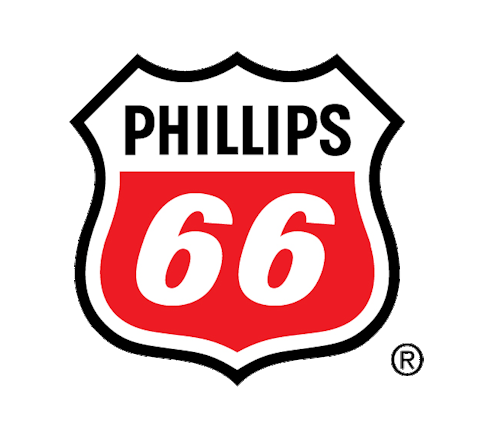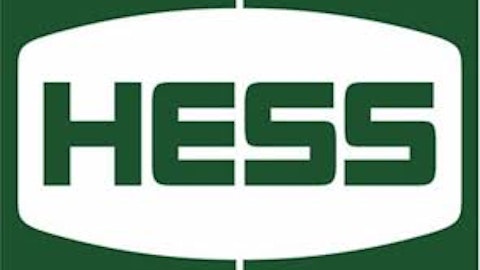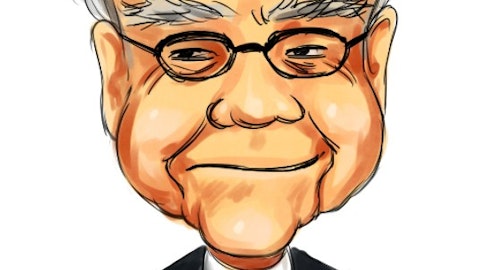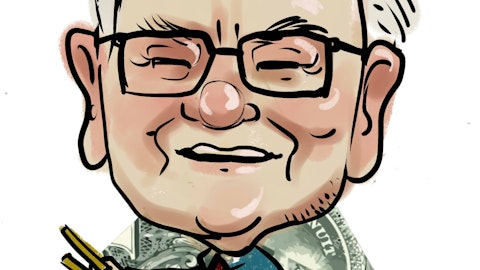
Consider the empirical studies of Purdue faculty Ovtchinnikov and McConnell; this duo wasn’t the only group to study the profit potential of spin-offs, but their research has been widely considered to be the most extensive. Historically speaking, spin-offs have: (1) been underrated by sell-side analysts out of the gate, (2) been undervalued using traditional valuation metrics, and most importantly, (3) have generated significant alpha. According to Ovtchinnikov and McConnell’s near fifty years of market data, spin-offs have outperformed the market by an average of 19.4% in the first twelve months after the split. Twenty-four months post-split, total return jumps to 24.4%, and is even more significant (26.3%) when the time frame is stretched to 36 months.
In short, it is worth checking out some of the recently spun off companies trading in the markets today, as there are likely some buying opportunities. Let’s take a quick look at a few attractive candidates.
Phillips 66 (NYSE:PSX)
Phillips 66’s split from ConocoPhillips (NYSE:COP) may be the most notable of the year, as shares of the downstream company have already returned over 45% since its mid-April breakup from Conoco. In its most recent third quarter earnings report, Phillips 66 reported a year over year bottom line growth of 52%, good for an EPS of $2.51. This was a solid 16 cents higher than average consensus estimates, amid higher than expected refining utilization rates and marketing revenues, despite a sluggish midstream segment.
Now, despite its strong appreciation in each of the last two quarters, Phillips 66 still has more room to grow, as Argus, Oppenheimer, and Barclays each have bullish recommendations on the stock above $54 a share. From a valuation standpoint, shares of Phillips 66 trade at a measly 6.4 times trailing earnings, 6.8 times forward earnings, and sport a PEG ratio below 1.0.
ConocoPhillips, meanwhile, is nearly 60% more expensive from a backward looking perspective, and sports a much higher forward P/E of 9.8X. Phillips 66’s undervaluation in relation to ConocoPhillips comes even in the face of a much more advantageous earnings potential. Sell-side analysts currently estimate Phillips 66 to expand its EPS by an average of 7.2% a year over through 2017. ConocoPhillips, meanwhile, is expected to see earnings shrinkage of roughly 2% a year over this time period.
We’d rather have the spin-off, and it appears the hedge fund industry agrees. At the end of June, 30 fund managers were long ConocoPhillips, while 34 managers were bullish on Phillips 66. Some of the most prominent spin-off enthusiasts are Warren Buffett (see the Oracle’s full 13F portfolio here), Ken Griffin, and Steven Cohen. Check out all funds long Phillips 66 here.
Hillshire Brands Co (NYSE:HSH)
While we could go on all day about the entire group of spin-off companies that have arisen in 2012, like Kraft Foods Group, but we’ll save that for a later analysis. To be honest, we’d rather spend this time taking a look at one of the more under-discussed spin-offs that occurred earlier this year: Hillshire Brands.
In June, Hillshire split from Sara Lee, which is now a private company. The move has unlocked a decent amount of value for shareholders so far, as Hillshire is up 6.3% over the past three months. The newly split company’s stock has narrowly underperformed the packaged food industry as a whole (7.1%) and competitors like Hormel Foods Corporation (NYSE:HRL) and Tyson Foods, Inc. (NYSE:TSN), which have returned 7.2% and 20.1% over the past three months respectively.
In the company’s most recent earnings report, Hillshire reported a Q1 (FY 2013) profit of $53 million compared to a loss of more than $200 million the same quarter a year ago, pre-split.
Hillshire reported an adjusted EPS of 51 cents a share, far above average consensus estimates of 33 cents a share, with execs maintaining full-year EPS guidance of $1.40-$1.55. The company expects the continue success of its low-calorie Jimmy Dean breakfast line and “flavor adventure” products to be positive growth drivers toward a profitable future.
Despite its decent appreciation in the past, there’s reason to believe that Hillshire won’t live up to Ovtchinnikov and McConnell’s billing that spin-off returns accelerate over time.
Over the next five years, analysts expect Hillshire to grow EPS by an average rate of 8.1% a year, above Tyson Foods (7.3%) but below Hormel (10.0%), which has been boosted by sales of Spam, surprisingly. When looking at the valuation, we can see a few concerns; most notably that Hillshire trades at a higher forward P/E (15.5X) than both Tyson (10.9X) and Hormel (15.3X), and that it sports an unsavory PEG ratio of 1.70, which is higher than Tyson (1.33) and nearly in line with that of Hormel.
In short, it looks like Hillshire may have already reached its full valuation after spinning off from Sara Lee, and investors may have better plays in the packaged food industry at their disposal. If you’re looking to buy into one spin-off this year, there’s reason to believe that Phillips 66 can continue its superior appreciation into 2013 and beyond, as it is still extremely cheap at current price levels.




